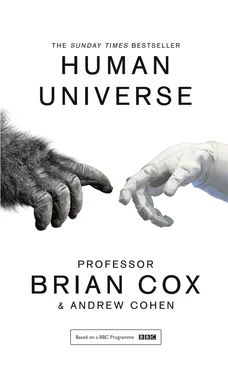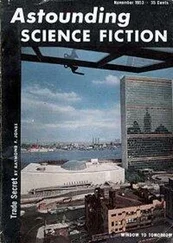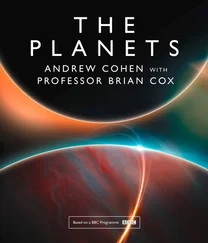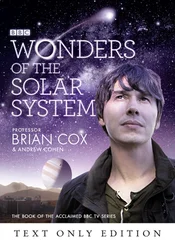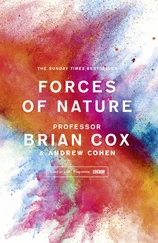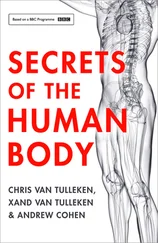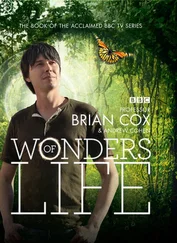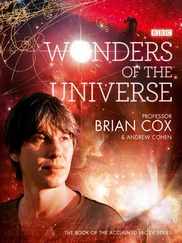To set Apollo 8 in context, Apollo 7, the first manned test flight of the Apollo programme, was flown by Schirra, Eisele and Cunningham in October 1968. Apollo 8 was supposed to be a December test flight for the Lunar Lander, conducted in the familiar surroundings of Earth orbit, but delivery delays meant that it was not ready for flight and the aim of meeting Kennedy’s deadline looked to be dead. But this wasn’t the twenty-first century, it was the 1960s and NASA was run by engineers. The programme manager was George Low, an army veteran and aeronautical engineer who knew the spacecraft inside out and had the strength of character to make decisions. Why not send Apollo 8 directly to the Moon without the Lunar Lander, proposed Low, allowing Apollo 9 to test-fly the LEM (Lunar Excursion Module) in Earth orbit in early 1969 when it became available and pave the way for a landing before the decade was out? Virtually every engineer at NASA is said to have agreed, and so it was that only the second manned flight of the Apollo spacecraft lifted off from Kennedy on 21 December, ten short weeks after Apollo 7, bound for the Moon. The crew later said that they estimated their chance of succeeding to be fifty-fifty.
Borman: Oh my God!
Look at that picture over there.
Here’s the Earth coming up.
Wow, is that pretty.
Anders: Hey, don’t take that,
it’s not scheduled.
Borman: (laughing) You got a color film, Jim?
Anders: Hand me that roll of color quick, will you …?
Lovell: Oh, man, that’s great!
Precisely 69 hours, 8 minutes and 16 seconds after launch, the Command Module’s engine fired to slow the spacecraft down and allow it to be captured by the Moon’s gravity, putting the three astronauts into lunar orbit. Newton’s almost 300-year-old equations were used to calculate the trajectory. This was a spectacular, practically unbelievable engineering triumph. Less than a decade after Yuri Gagarin became the first human to orbit the Earth, three astronauts travelled all the way to the Moon. But the mission’s powerful and enduring cultural legacy rests largely on two very human actions by the crew. One was the famous and moving Christmas broadcast, the most-watched television event in history at that time, when distant explorers read the first lines from the Book of Genesis: ‘We are now approaching lunar sunrise, and for all the people back on Earth, the crew of Apollo 8 has a message that we would like to send to you,’ began Anders. ‘In the beginning God created the heaven and the Earth. And the Earth was without form, and void; and darkness was upon the face of the deep.’ Borman concluded with a sentence clearly spoken by a lonely man 400,000 kilometres from home. ‘And from the crew of Apollo 8, we close with goodnight, good luck, a Merry Christmas – and God bless all of you, all of you on the good Earth.’
The mission’s most potent legacy, however, is NASA image AS8-14-2383, snapped by Bill Anders on a Hasselblad 500 EL at f/11 and a shutter speed of 1/250th of a second on Kodak Ektachrome film. It was, in other words, a very bright photograph. The image is better known as Earthrise. When viewed with the lunar surface at the bottom, Earth is tilted on its side with the South Pole to the left, and the equator running top to bottom. Little landmass can be seen through the swirling clouds, but the bright sands of the Namib and Saharan deserts stand out salmon pink against the blackness beyond. Just 368 years and 10 months after a man was burned at the stake for dreaming of worlds without end, here is Earth, a fragile crescent suspended over an alien landscape, the negative of a waxing Moon in the friendly skies of Earth. This is an unfamiliar, planetary Earth, no longer central; just another world. When Kennedy spoke of Apollo as a journey to an unknown celestial body, he meant the Moon. But we discovered Earth and, in the words of T. S. Eliot, came to know the place for the first time.
OUTWARDS TO THE MILKY WAY Outwards to the Milky Way Searching for Patterns in Starlight Beyond the Milky Way The Great Debate The Political Ramifications of Reality, or ‘How to Avoid Getting Locked Up’ The Happiest Thought of My Life A Day Without Yesterday Are We Alone? Science Fact or Fiction? The First Aliens Listen Very Carefully The Golden Voyage Alien Worlds The Recipe for Life Origins A Brief History of Life on Earth A Briefest Moment in Time So, are We Alone? Who are We? Spaceman Apeman Lucy in the Sky From the North Star to the Stars Climate Change in the Rift Valley and Human Evolution ‘An Unprecedented Duel with Nature’ Farming: The Bedrock of Civilisation The Kazak Adventure: Part 1 Intermission: Beyond Memory The Kazak Adventure: Part 2 Why are We Here? A Neat Piece of Logic New Dawn Fades The Rules of the Game Nature’s Fingerprint A Brief History of the Snowflake How the Leopard Got Its Spots A Universe Made for Us? A Day Without Yesterday? What is Our Future? Making the Darkness Visible Sudden Impact Seeing the Future Science Vs. Magic The Wonder of It All Dreamers: Part 1 Dreamers: Part 2 The End Plate Section Credits Picture Section Footnotes Index Acknowledgements About the Authors About the Publisher
Newton’s laws are the keys to understanding our place in our local neighbourhood. Coupled with precision observations of the motion of the planets and moons, they allow the scale and geometry of the solar system to be deduced, and their positions to be calculated at any point in the future. The nature and location of the stars, however, requires an entirely different approach because at first sight they appear to be point-like and fixed. The observation that the stars don’t appear to move is important if you know something about parallax, as the ancients did. Parallax is the name given to a familiar effect. Hold your finger up in front of your face and alternately close each of your eyes, keeping your finger still. Your finger appears to move relative to the more distant background, and the closer your finger is to your face, the more it appears to move. This is not an optical illusion; it’s a consequence of viewing a nearby object from two different spatial positions; in this case the two slightly different positions of your eyes. We don’t normally perceive this parallax effect because the brain combines the inputs from the eyes to create a single image, although the information is exploited to create our sense of depth. Aristotle used the lack of stellar parallax to argue that the Earth must be stationary at the centre of the universe, because if the Earth moved then the nearby stars would be observed to move against the background of the more distant ones. Thousands of years later, Tycho Brahe used a similar argument to refute the conclusions reached by Copernicus. Their logic was completely sound, but the conclusion is wrong because the nearby stars do move relative to the more distant background stars as the Earth orbits the Sun, and indeed as the Sun orbits the galaxy itself. You just have to look extremely carefully to see the effect.
Amongst the thousands of stars visible to the naked eye, 61 Cygni is one of the faintest. It’s not without interest, being a binary star system of two orange K-type dwarf stars, slightly smaller and cooler than the Sun, orbiting each other at the lethargic rate of around 700 years. Despite the pair’s relative visual anonymity, however, 61 Cygni has great historical significance. The reason for this quiet fame is that this faint star system was the first to have its distance from Earth measured by parallax.
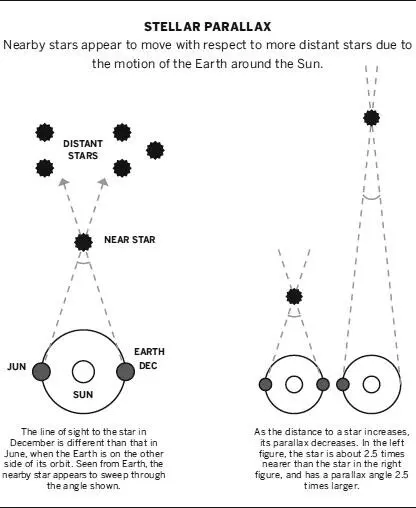
Читать дальше
